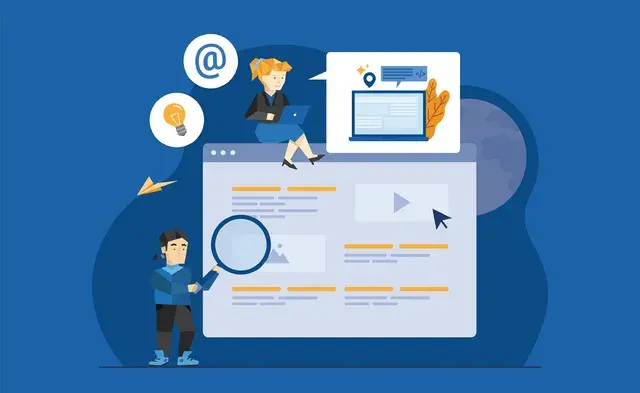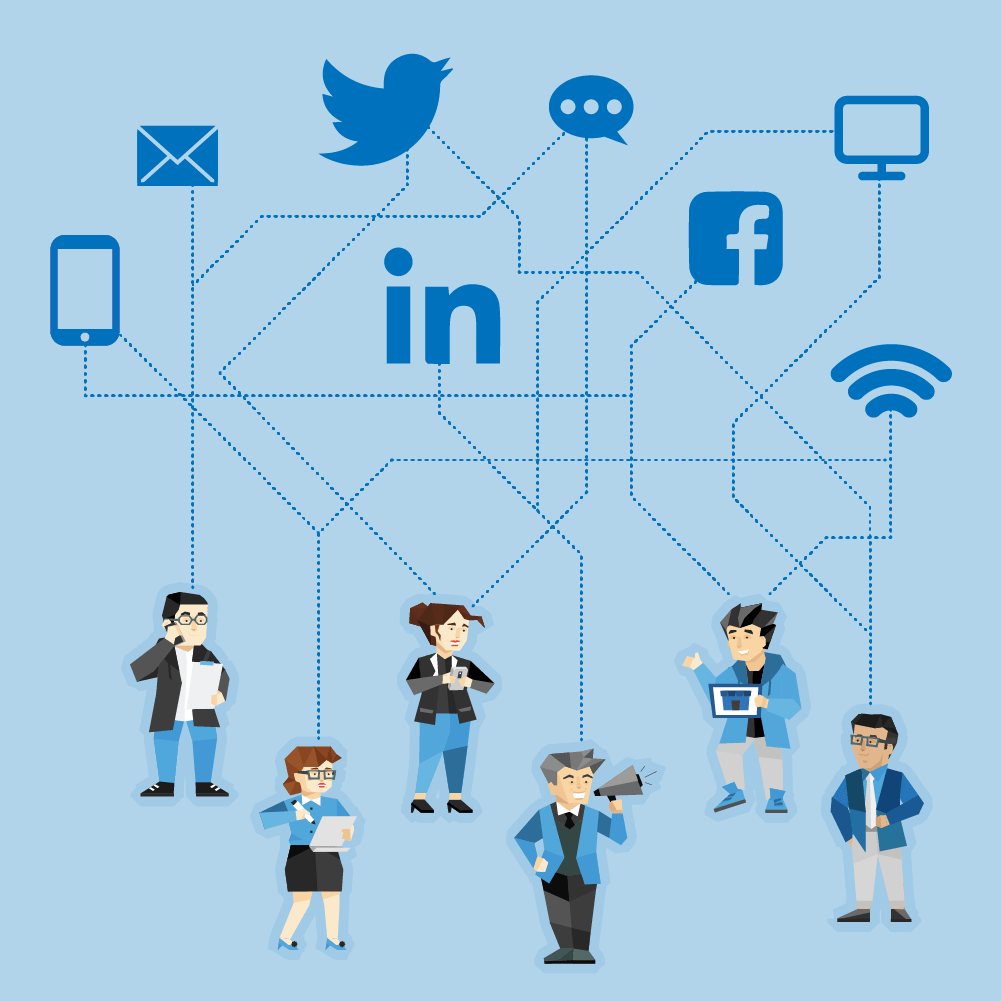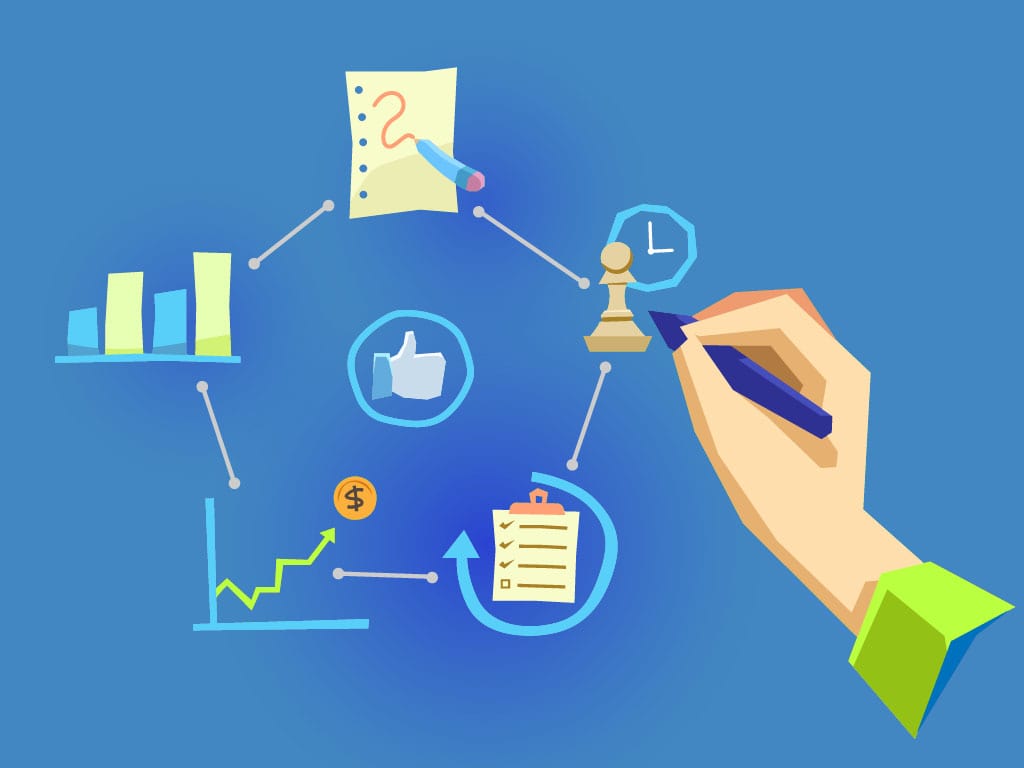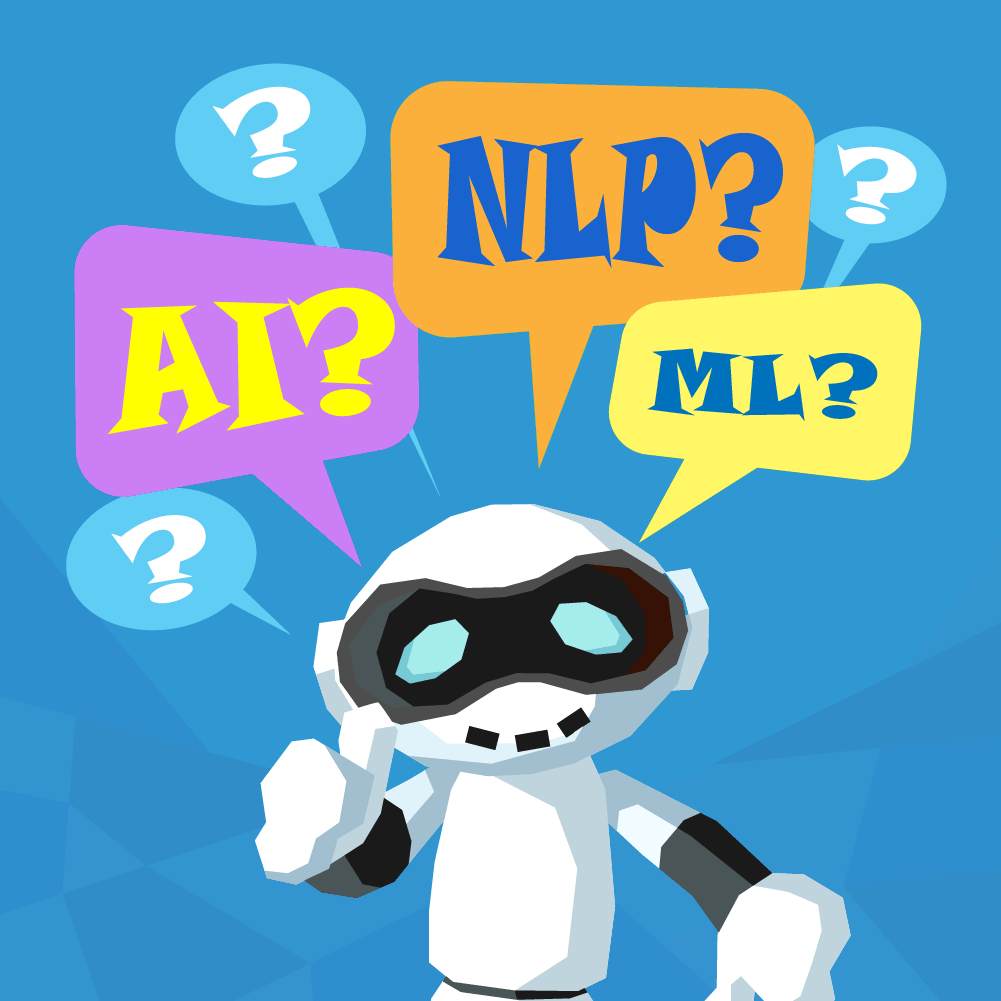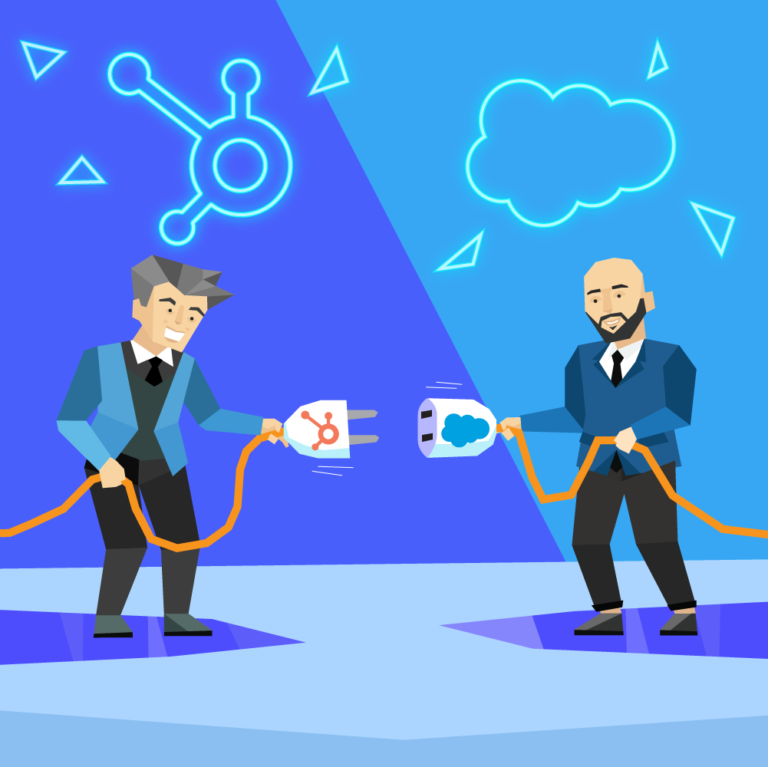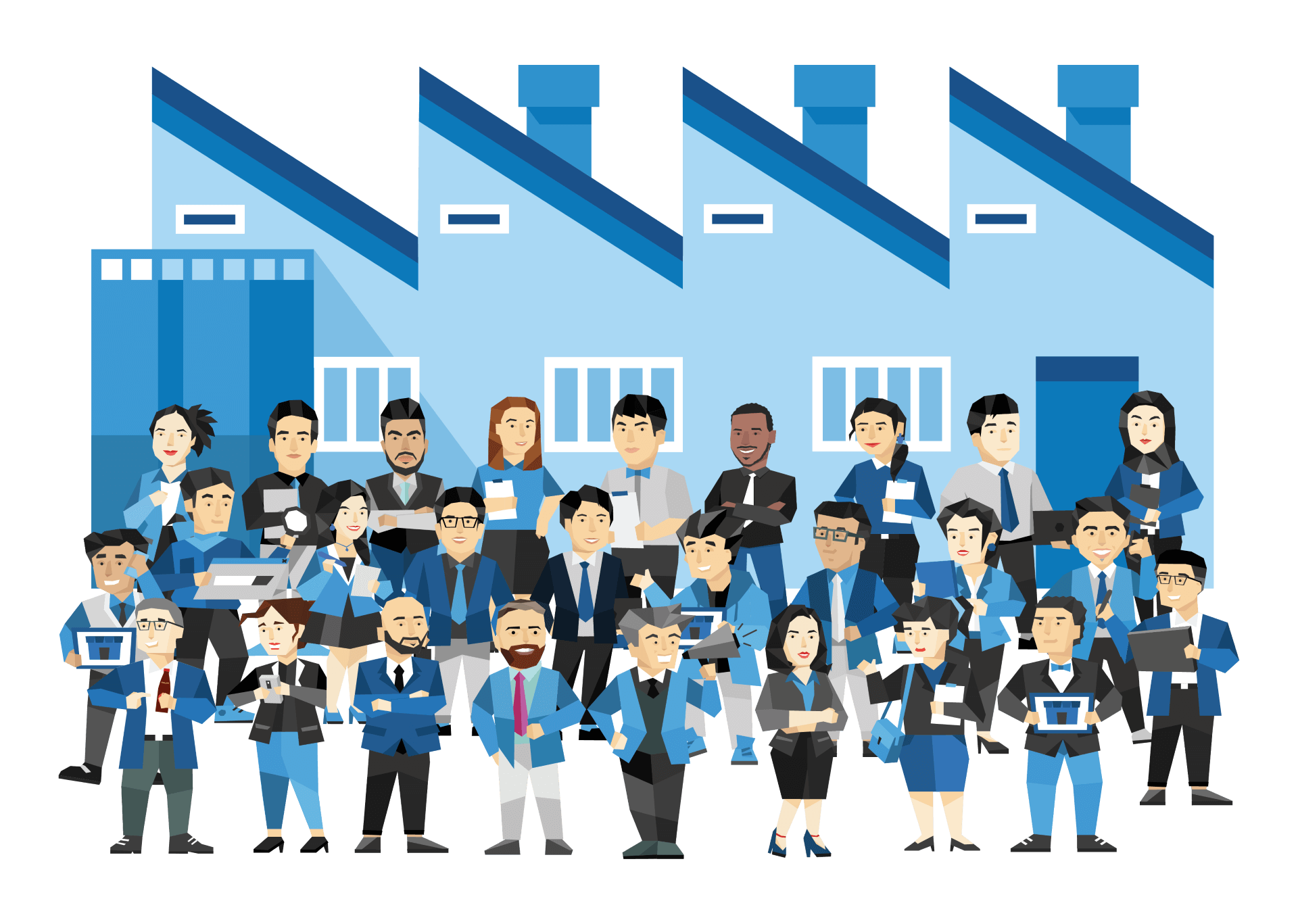Process of Developing a Successful Chatbot
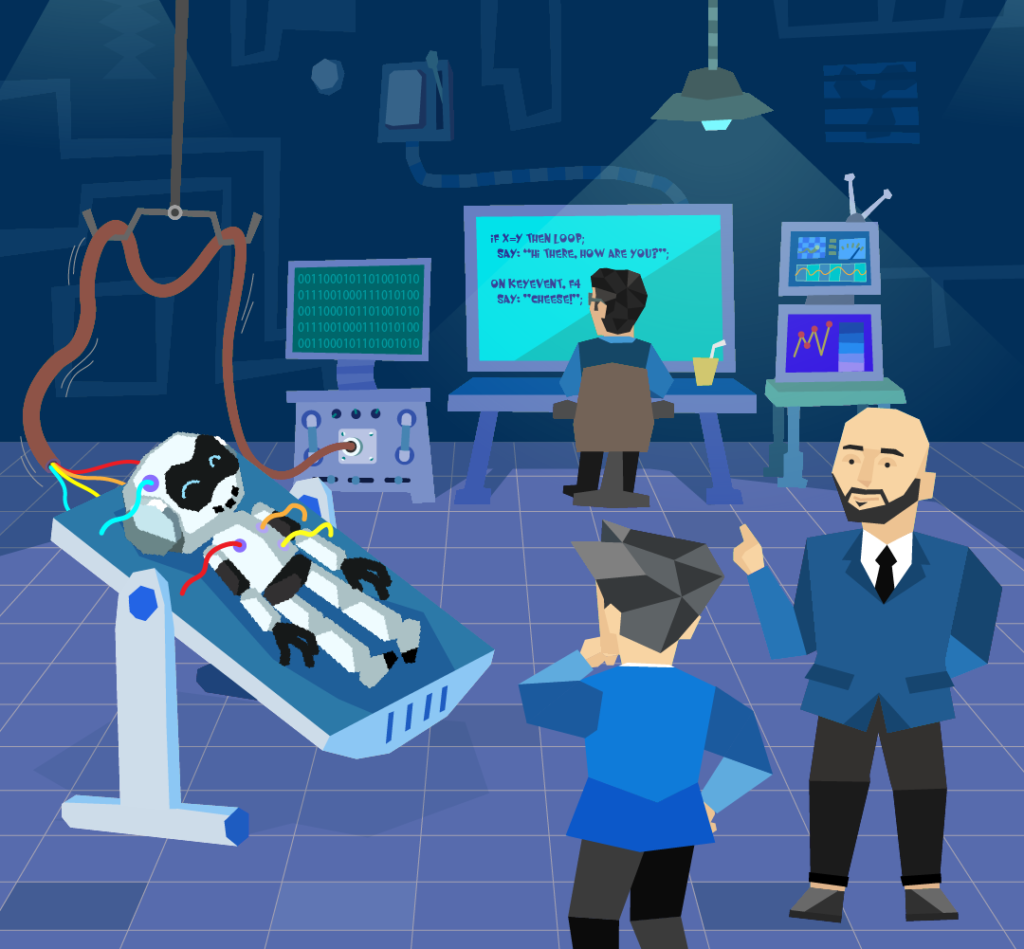
In this digital age, the era of robots has been ushered in via a number of significant software and hardware advancements, giving companies and customers a novel system to greatly enhance customer interactions with their favorite brand, while allowing enterprises to save money, reduce overhead, and increase the bottom line. As noted by Chatbots Magazine, “A chatbot (also known as a talkbot, chatterbot, Bot, IM bot, interactive agent, or Artificial Conversational Entity) is a computer program which conducts a conversation in natural language via auditory or textual methods, understands the intent of the user, and sends a response based on business rules and data of the organization” (“Chatbot Report 2018: Global Trends and Analysis”) [1]. Essentially, a chatbot is an AI-based software robot that interacts with end-users via voice or text messages in natural human languages, allowing for a more natural, seamless and rapid customer-business interaction. Though the development and use of chatbots started in the late 1960s, AI-based voice and text bots only recently came into play, with major players like Apple (Siri), Amazon (Alexa), Google (Google Assistant), Facebook (Facebook bot), etc. designing their bots with great success.
Chatbots have become more popular due to the advent of core technologies associated with their development, including:
- Artificial Intelligence: AI encompasses many technologies that allow hardware and software machines to utilize human-like intelligence and cognitive abilities. A branch of AI, Machine Learning (ML) gives robots the ability to “learn” by using their experience (procured data) to re-write their own algorithms, so they can operate more efficiently in the future, without being explicitly programmed to do so.
- Natural Language Processing (NLP): The ability for computers to understand and reply in a natural human language, such as English, NLP opens the door for humans to interact with computers without the need for complex, machine-based syntax or commands.
- Messaging Apps: Messaging apps have become the most used apps globally, and have often become integrated with business brands, in conjunction with social media. Chatbots are often utilized within messaging apps so that businesses can offer novel customer service experiences to their end-users. For instance, according to Facebook’s IQ statistics, over 2 billion business messages are sent via Messenger chats, while over 100,000 bots exist on the Messenger platform.
The development of chatbot software requires an understanding of software engineering and of AI programming, along with the use of data sets in order to train the AI system. Additionally, designing a conversation based on an understanding of NLP and linguistics, as well as operating according to a defined business model and strategy are all required. There are two distinct aspects of the chatbot development and deployment life cycle: utilizing a chatbot development platform or framework (including coding and non-coding systems), and deploying the chatbot via a publishing platform (e.g. Facebook Messenger, Slack, or Skype).
Chatbot development utilizes a number of popular programming and scripting languages, including:
- Python: A simple, C-based, high-level, object oriented scripting language often used for chatbot development due to its ease of use and straightforward syntax. Along with AIML (Artificial Intelligence Markup Language), developing a chatbot via Python is a popular choice.
- PHP: Mainly for web-based chatbots that need to run on/connect to backend services, this platform-independent language is a good choice for web-based chatbot development due to its speed and availability of libraries associated with powerful APIs.
- Java: This scalable, platform-independent language is often used for chatbot development due to its ability to feasibly code for complex algorithms, and its features such as facilitated visualization.
- Clojure: As a dialect of Lisp, the functional programming language, Clojure, runs on the JVM (Java Virtual Machine) and allows for the most efficient functional programming of chatbots.
Utilizing a powerful and robust chatbot development platform or framework can allow developers to craft the perfect bot when some best practices are followed.
How to Build a Chatbot from the Ground Up
The methodology and best practices associated with developing a chatbot depends largely on the deployment platform, as there are a number of chatbot types that can be developed:
- Web-based: Integrating a chatbot with a web service/website can aid a company’s online support team and assist with marketing and sales. Such a chatbot would be best developed utilizing a number of web-based chatbot development frameworks/platforms.
- App-based (integration): One of the more popular ways to deploy a chatbot is via an app, often a Messaging or Business app. This allows a bot to be integrated with an already-existing software application, which may offer an SDK (software development kit) or framework for development.
- Stand-alone bot: A stand-alone chatbot, such as a voice assistant AI system, can be developed using a number of development frameworks and platforms, while requiring a great understanding of NLP implementations.
Regardless of the type of chatbot being developed, there are some basic best practices that should be applied during the development process. Additionally, some fundamental phases during the software DLC (development life cycle) can be applied across the board, such as the need to first establish the business challenges the bot is meant to solve – the problems, opportunities and solutions associated with the AI-based chatbot. This helps to form a model for the subsequent development of the chatbot. The next step is establishing the goals of the chatbot, such as crafting a key strategic plan or blueprint to aid in the development process. Lastly, designing the actual conversation based on understanding structured and unstructured conversations is a crucial part in the development cycle. It is also important to understand that, since chatbots often connect to critical business backend systems, developing with security in mind (adopting a Secure Software DLC) is as important as the actual coding/designing process.
Be Sure to Understand what the Customer Wants
Ultimately, the most important factor associated with any business implementation of a novel software application is whether it benefits the customer and/or business. In order to establish whether technology like a chatbot benefits the customer, it is important to understand the needs of a company’s customers, along with the problems the customer faces, problems that the chatbot should sufficiently solve. Building a number of pertinent buyer personas, along with analyzing the desires of key customer demographics, is a crucial step in building a robust model and blueprint that should operate as the foundation for chatbot development.
Chatbots Journal notes that the number one step in chatbot development is identifying chatbot opportunities by analyzing business challenges – specifically that of work complexity and data complexity (“What Are the Key Considerations Involved in Chatbot Development”) [2]. This includes understanding which processes can be automated in ways that can enhance the customer experience and increase operational efficiency and productivity. The result of understanding the needs of the customer is the adoption of a key strategic plan that can guide all chatbot development life cycle workflows up until their ultimate completion.
Create a Conversation Around the Buyers Needs
When the goals of the chatbot development process are clearly and concisely defined and understood, the development of the AI-based system should consistently revolve around the needs of the customer to fulfill those initial strategic goals.
Once the blueprint of the chatbot is envisioned and decided upon, the most critical aspect of the chatbot AI software – the conversation – can be designed and developed while aligning it to the initial strategy that seeks to enhance the customer experience. This includes the development and scripting of both structured and unstructured interactions, and the design of an interface that will allow the customer to efficiently interact with the brand, such as a Conversational UI.
How Much Does it Cost to Build a Chatbot?
The cost of building a chatbot depends on a myriad of different aspects, including using a code-based framework versus a non-code platform. Additionally, everything from the publishing/deployment service being used, to the type of chatbot being developed (standalone, app integration, web-based), to the programming language being used (i.e. Ruby, which is often used for chatbot development, may require expensive licenses), to the number of outsourced chatbot specialists used (if any) may alter the total cost.
Azati Corporation observes that from a financial and development perspective, there are a number of phases associated with the chatbot SDLC that can help to determine the cost of developing a chatbot:
- Discovery (overarching model): This is where the overall strategic blueprint is decided upon, answering questions associated with how the chatbot will solve the most crucial issues that customers face.
- Prototype (evaluation): This phase identifies and designs a basic, functional product, and is discussed with shareholders and customers, based on the strategic requirements outlined in phase 1. In this phase, everything from NLP, to the conversational UI, to the conversational flow is mapped out.
- Minimum Viable Product (MVP): This phase is where a functional test product is developed and exposed to a small group of real end-users.
- Release: The release phase is where the chatbot is fully developed and released to end-users (“Chatbot Pricing: How much does average chatbot cost in 2018?”) [3]
The total cost of developing a chatbot is completely contingent upon the phases outlined above. In addition, an AI-bot must be continuously trained with data in order to operate more efficiently in the future. According to estimates, an average chatbot can range from $15,000 to $30,000 for a custom bot, while more powerful Machine Learning and NLP bots can cost as high as $100,000.
Two Ways to Build a Bot
Companies have two major chatbot development options for the software DLC phases – utilizing a framework or a platform for development. While some developers use a framework with its associated tools and libraries to code a chatbot, they can also choose to work on a platform to develop and deploy the chatbot. Ultimately, it depends on the company’s goals, their financial constraints, and the type of chatbot being developed.
Using an Existing Platform
One of the easiest ways to develop a chatbot is via an already existing chatbot development platform. Such platforms supply developers with the requisite tools by which basic and complex functionalities can be added to the chatbot during development. Additionally, such platforms often use a WYSIWYG (what you see is what you get), GUI-based development systems that do not require extensive coding.
Using a Code-Based Framework
In contrast to platforms, chatbot development frameworks often enable developers to implement powerful Machine Learning algorithms by providing the complex tools and libraries for the programming code, methods and functions. Frameworks simply offer developers more power and control over the development of custom bots, while allowing engineers to utilize robust and scalable programming languages and methodologies for the development of efficient chatbots.
Chatbot Development Using a Platform – 10 Popular Platforms
Converse.io
Converse AI is an intelligent AI chatbot platform for developing an automation chatbot, which can be integrated with popular apps such as PayPal, HubSpot, Stripe, and more.
Botsify
Botsify is a Facebook Messenger chatbot that uses a GUI, drag and drop interface for development based on templates. This platform allows for machine learning, smart AI, plugin integration, and more.
Flow XO
Flow XO is a powerful chatbot development platform allowing for over 100 integrations, and utilizing a robust visual editor for development without code (using pre-built templates). Flow XO is typically used to develop business messenger bots.
Beep Boop
Beep Boop is a platform for developing and deploying Slack and Facebook Messenger bots, including running already developed bots. The platform integrates with code on GitHub, and then operates on the Beep Boop platform to interact with customers in real time.
Octane.ai
Octane AI is a Facebook Messenger and e-commerce chatbot that is used for Shopify merchants. The platform comes with a variety of features and functions, including the ability to operate as a robust customer service bot which can answer customer questions, send notifications, and more.
Motion Ai
Motion AI is a chatbot platform for messenger apps (Facebook Messenger, Slack, etc.) or for a web-based system. It offers a visual development environment for building, training and deploying chatbots on the pertinent system. Unlike some platforms, Motion AI allows developers and designers to use a visual diagram to chart conversational flow. Additionally, it supports platforms such as Node.js and other integrations.
Gupshup
Gupshup is a smart AI-bot development platform that can develop chatbots for popular apps, such as Slack, WeChat, Twitter, etc., along with SMS phone systems. It uses a unified API and also supports web-based chatbot development.
QnA Maker
This is Microsoft’s premier bot development platform to develop bots specifically designed for answering customer questions. The bot must be based on a company’s website FAQ and structured data, and – along with Microsoft Cognitive Services – enables the bot to respond and interact with customers in a human-like, natural fashion. The platform is also scalable and can integrate with other systems and APIs.
Recast A.I
Recast.AI is a development environment and platform for building, training and deploying a bot – using a visual management, API and design interface called Bot Builder – which utilizes predefined queries to give quick responses. The platform also provides analytics tools and messaging metrics to help businesses operate more efficiently.
Botkit
Botkit is a toolkit that can be used for the development of Messenger, Slack, Twilio, etc. chatbots, which operate with natural human-like speech and patterns. The Botkit toolkit comes with a variety of tools, such as Botkit Studio, a core library, and plugins, and is supported by an open-source community.
Chatbot Development Using Code-Based Frameworks
As noted above, code-based frameworks are often popular choices for chatbot development, and include robust frameworks such as Microsoft bot framework, Wit.ai, API.ai, and Aspect CXP-NLU, among others.
Designing a Chatbot Conversation
As noted above, the chatbot conversation is perhaps the most critical aspect of the AI-based software, since it is where the customer will actually interact with the brand via the chatbot. Thus, the conversation must be developed and designed with the most practical and efficient best practices. There are two major types of conversations the chatbot must be developed to understand and engage in – structured and unstructured conversations:
- Structured: Structured conversations follow a logical, linear flow and are based on practical and pertinent themes (threads). Structured conversations require less cognitive processing due to operating in a more linear fashion. Examples include basic menus, multi-option forms, online/account forms, etc.
- Unstructured: Unstructured conversations are associated with “freestyle” text/voice commands and do not follow a linear path. They can occur with multiple themes/threads, and may flow in a variety of directions. Due to the many variables innately present with unstructured conversations, chatbots must be programmed with a variety of pertinent scripts in order to efficiently be able to engage in such conversations. Essentially, powerful AI is required in order to understand and engage in unstructured conversation with customers. Normal, everyday speech with colleagues and friends are examples of unstructured conversations.
As noted above, structured conversations are more closed-ended, while unstructured conversations are open-ended and require more NLP development, so customers can communicate naturally. Ultimately, the purpose of a well-designed chatbot conversation is to allow a customer to seamlessly and feasibly carry out all end-user processes in a more efficient manner, while being able to communicate and interact with the business computer system (via the bot) in as natural a manner as possible, via natural, spoken language.
Hire the Best Chatbot Specialists
It may serve the purposes of a company to outsource chatbot specialists, who specialize in NLP, conversational UIs, conversation design, chatbot development, and chatbot deployment/publishing. This can allow companies to save money, reduce overhead, and leverage the specialized skills of those who professionally work with the new technology, so that the enterprise can seamlessly deploy their chatbot service in the most efficient manner possible.


